Here's Trump's Ace in the Hole for Dialing Back MPG Rules

It’s no secret that the Trump administration will eventually come forward with a relaxed version of existing automotive fuel economy targets. Despite previously agreeing to them, most automakers have decided Obama-era goals are less than ideal and have reached out to the current president to take it easy on them — something he appears willing to do.
However, the White House is going to have to sell the decrease to numerous states that claim they won’t accept such a proposal, as well as a driving public that likely doesn’t want to spend more money on fuel than it has to. Fortunately, the administration has a strategy for this, and has tapped the National Highway Traffic Safety Administration for backup. It’s trying to prove that cutting fuel economy would actually make vehicles safer.
According to documents obtained by Bloomberg, the NHTSA claims lower MPG standards could lead to a potential drop in highway deaths.
A specific example in the agency’s safety analysis would permit an average fleet-wide fuel economy standard of 35.7 miles per gallon by 2026, down from a 46.6 miles per gallon under the Obama-era target. It states that traffic fatalities would be reduced by an average of nearly 1,200 per year from 2036 through 2045.
The reason for this has everything to do with size. One of the easiest ways to improve economy is for a vehicle to shed weight. Lighter materials are already an essential component in keeping models trim, especially as vehicles become outfitted with weightier high-tech systems. As well, consumer preferences trend toward larger vehicles.
Simple physics backs this theory up. Imagine the difference between dropping a grape onto a cat from six feet up and dropping a watermelon. In one of those scenarios, you’ll have to get a new cat.
If you’re asking yourself, “What about crash test ratings? Small cars can still get five stars,” you are correct in your befuddlement. While most crash testing is a good metric to compare cars within a given segment, it’s less useful in a real world setting. Throwing every car at the same stagnant barrier is a great way to see how it would fare against a car exactly the same size as itself. But it’s less useful when trying to see how it would stack up against a much larger vehicle. Let’s not forget the watermelon.
The NHTSA has even said in the past that heavier vehicles “offer more protection than light vehicles with the same safety equipment, particularly in two-vehicle crashes.” And, while the Insurance Institute for Highway Safety’s new focus on illumination and autonomous safety systems is nice, that group doesn’t tell you how your Honda Civic will stack up against a Chevy Suburban in a head-on collision either.
That means the Trump administration has a compelling argument against stringent economy regulations that might force automakers to scale down models and put them on the streets with the behemoths of today. It could also mention that the public’s interest in crossovers and SUVs has stagnated real-world fuel economy averages for years now.
Does this mean we should slash the existing economy targets by 23 percent? That’s debatable. While highway deaths have risen in recent years, it might not be possible to attribute the problem to vehicle size. Those fancy semi-autonomous safety systems have been proven to make drivers less attentive, despite also helping already poor drivers avoid accidents. But the real culprit is likely the fact that more people are driving now than ever before. Longer distances, plus additional drivers, equals more accidents.
Either way, California is ready to oppose the dismantling of the Obama-era regulations. Environmental officials within the state have already said they would fight to uphold the existing standards. They’ve also warned that slashing MPG targets would make U.S. manufacturers uncompetitive — as there would be no incentive for them to invest in electric cars and other advanced fuel-saving technologies. Meanwhile, automakers have started suggesting that California may be asking for too much with its zero-emission vehicle initiatives.
Whatever your take on economy targets, we can all probably agree that it would be nice if the decision was left up to scientists and not politicians.

A staunch consumer advocate tracking industry trends and regulation. Before joining TTAC, Matt spent a decade working for marketing and research firms based in NYC. Clients included several of the world’s largest automakers, global tire brands, and aftermarket part suppliers. Dissatisfied with the corporate world and resentful of having to wear suits everyday, he pivoted to writing about cars. Since then, that man has become an ardent supporter of the right-to-repair movement, been interviewed on the auto industry by national radio broadcasts, driven more rental cars than anyone ever should, participated in amateur rallying events, and received the requisite minimum training as sanctioned by the SCCA. Handy with a wrench, Matt grew up surrounded by Detroit auto workers and managed to get a pizza delivery job before he was legally eligible. He later found himself driving box trucks through Manhattan, guaranteeing future sympathy for actual truckers. He continues to conduct research pertaining to the automotive sector as an independent contractor and has since moved back to his native Michigan, closer to where the cars are born. A contrarian, Matt claims to prefer understeer — stating that front and all-wheel drive vehicles cater best to his driving style.
More by Matt Posky
Latest Car Reviews
Read moreLatest Product Reviews
Read moreRecent Comments
- Flashindapan Emergency mid year refresh of all Cadillac models by graphing on plastic fenders and making them larger than anything from Stellantis or Ford.
- Bd2 Eh, the Dollar has held up well against most other currencies and the IRA is actually investing in critical industries, unlike the $6 Trillion in pandemic relief/stimulus which was just a cash giveaway (also rife with fraud).What Matt doesn't mention is that the price of fuel (particularly diesel) is higher relative to the price of oil due to US oil producers exporting records amount of oil and refiners exporting records amount of fuel. US refiners switched more and more production to diesel fuel, which lowers the supply of gas here (inflating prices). But shouldn't that mean low prices for diesel?Nope, as refiners are just exporting the diesel overseas, including to Mexico.
- Jor65756038 As owner of an Opel Ampera/Chevrolet Volt and a 1979 Chevy Malibu, I will certainly not buy trash like the Bolt or any SUV or crossover. If GM doesn´t offer a sedan, then I will buy german, sweedish, italian, asian, Tesla or whoever offers me a sedan. Not everybody like SUV´s or crossovers or is willing to buy one no matter what.
- Bd2 While Hyundai has enough models that offer a hybrid variant, problem has been inadequate supply, so this should help address that.In particular, US production of PHEVs will make them eligible for the tax credit.
- Zipper69 "At least Lincoln finally learned to do a better job of not appearing to have raided the Ford parts bin"But they differentiate by being bland and unadventurous and lacking a clear brand image.
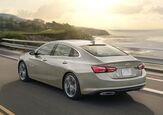

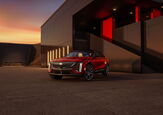

















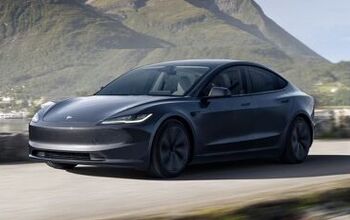
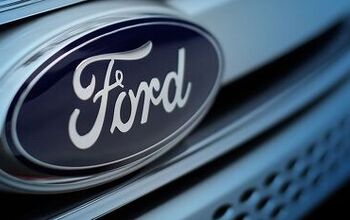
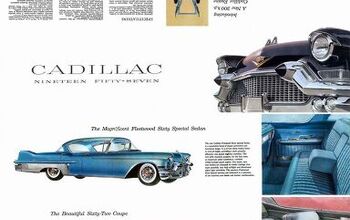
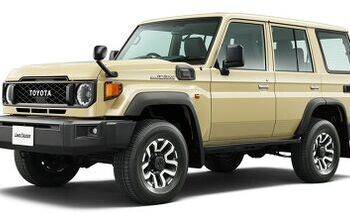
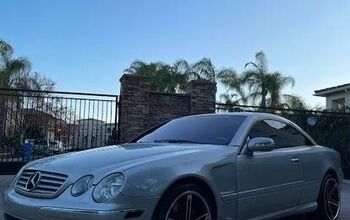

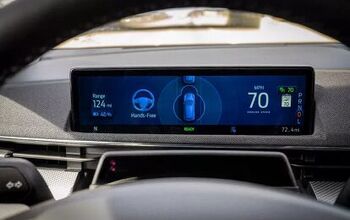
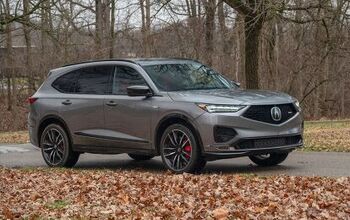
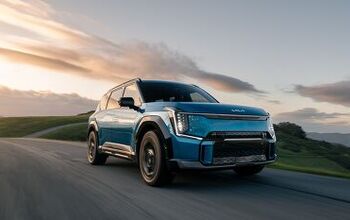
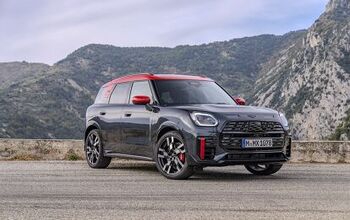


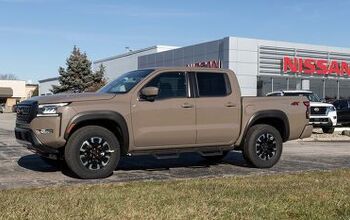

Comments
Join the conversation
His term is already in its second year, and to say the least - the jury is out on whether he'll get another. Whatever whim he indulges in his quest for revenge with the Black Guy may not last forever. Also, gas prices aren't going to drop dramatically, unless oil companies start simply giving it away - so it's unlikely that everyone will purchase the T-rex Guzzlinator 4WD Chrome Edition Dually pickup (rated .05 mpg).
What is with the fractional MPG targets? Just set it at 45 (or 40) and call it done.